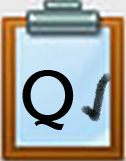Q1 STEM Interactives: Science
SCIENCE INTERACTIVES
This page contains interactive activities and additional resources focused on Science. Select the symbol in each green field to access the activities and resources.
Step 1. Check with your teacher about the expectations for exploring these Science activities and resources. There are a variety of different interactives that can support your interests and learning goals.
- Activities provide opportunities to explore cool digital tools that make learning Science concepts interactive and engaging online. Each one includes a task for you to try out and complete.
- Resources allow you to explore websites and apps that can help you learn more and go deeper in the online Science world.
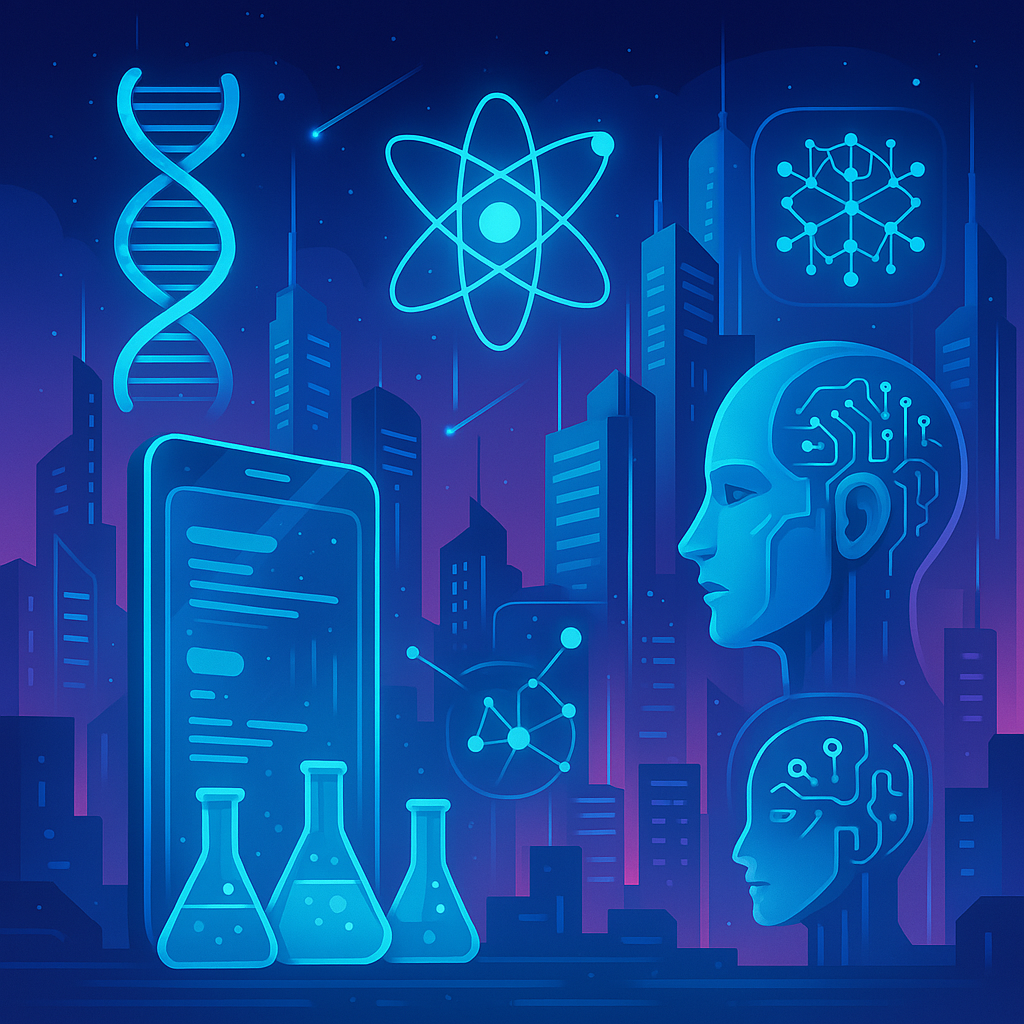
Step 2. Consider the two assignment options:
- Option 1: Choose ONE of the Interactive Activities below and complete the Recording Document linked in the activity. If there is no Recording Document, follow the steps in the activity and use a format of your choice, such as a journal entry, slide deck, or a screen-recorded summary, to record your findings.
- Again, check with your teacher about the expectations for submitting the Recording Document or your work.
- Option 2: Write a brief review in the best format for you (i.e., Google Slides Presentation) about one of the Interactive Activities or the Resources below that you think would be the most useful to you in school. Include the information below:
- The name of the activity.
- URL of the activity.
- Topic you researched.
- Write 2-3 sentences describing the activity with a screenshot of a part of the activity that is meaningful to you.
- Write 2–4 sentences explaining why you would recommend (or not recommend) this activity. What part did you enjoy or find the most interesting?
- Write 2-3 sentences answering the question: What’s one thing you think could be changed or improved to make the experience better for someone else?
Step 3. Be prepared to share your learning experience based on your teacher's instructions.
ACTIVITY: Candy Bar Geology
Be a Geologist and learn about rocks!
Geologists have the luxury of making observations and collecting rock samples in person.
This activity from NASA scientists looks at and classifies rocks using observations about their formation.
Step 1. Check with your teacher to arrange to work with a partner or in a small group with two others.
Step 2. Visit the NASA Jet Propulsion Lab that studies rocks from Earth and Mars, site link: Describe Rocks like a NASA Scientist
- One member of the group will copy or download and open this
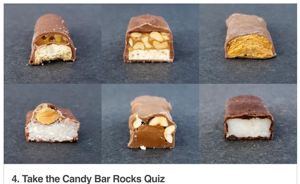 Candy Bar Geology Observation Document.
Candy Bar Geology Observation Document. - Image Source: Describe Rocks Like a NASA Scientist
- HINT: It will help if one person has the descriptions and images on their screen from the NASA page, and another has the observation document open to compare the descriptions and vocabulary carefully.
Additional Learning Activities:
If you find the study of geology through the lens of a candy bar exciting, spend a little time diving deeper into geology!
- Explore information about each state with the U.S. Earth Science Quick Facts about geology.
- Types of material stress with rocks: compressional, torsional, and shear. Rock Solid Lesson from Teach Engineering.
RESOURCES: Nova Labs Explorations
Check with your teacher about specific investigations.
These labs encourage you to develop questions as you explore and play with them.
Nova Labs requires you to log in using your Google email or PBS account. It hosts virtual labs focused on the sciences that include
- RNA Virtual Lab: In this lab, you'll play the role of a molecular engineer by solving RNA folding puzzles.
- Cloud Lab: Learn how clouds play a key role in our planet and how they form, and try your hand at classifying them.
- Sun Lab: This lab explores what makes the Sun so volatile through access to data, images, and tools scientists use to predict solar storms.
- Evolution Lab: In this lab, you explore and puzzle out evolutionary relationships linking species.
- Energy Lab: This lab investigates what energy is, how it can be converted into useful forms, and why some sources are running low.
- Exoplanet Lab: In this lab, you will explore techniques that scientists use to find and characterize exoplanets.
- Polar Lab: Join a hunt for clues about the planet's past while exploring what is happening to the climate and the impact of the polar regions.
ACTIVITY: PhET Balloon Hockey
Be an electrician and learn about positive and negative charges.
All sources of electricity have a positive and negative terminal, and electrons flow from the negative terminal to the positive terminal through conductors. Once you complete this activity, you will gain a deeper understanding of it.
Step 1. Use this Balloon Hockey Static Student Activity Document to work through the activity.
Step 2. Check with your teacher about experimenting with a real balloon that they will provide.
- As a class or with a partner, blow up the balloon and rub the balloon against various surfaces, and then observe what happens when you move the balloon close to (or touching) other surfaces.
Step 3. Explore the PHET Balloons and Static Electricity Simulation with a partner. Follow the steps in the recording document linked above.
Step 4. With a partner, explore the PHET Electric Field Hockey Simulation in Practice mode. Follow the steps in the recording document linked above.
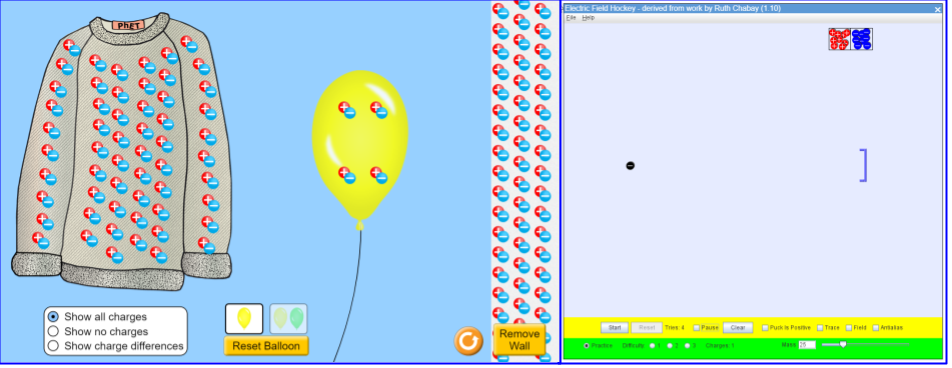
RESOURCES: PhET Science Simulations
Student Goals for the PhET Simulations (slide deck)
Simulations are available for: Physics, Chemistry, Math, Earth Science, and Biology.
ASSIGNMENT: Check with your teacher if there is a specific subject area to explore and what type of notes or report you will be expected to provide, along with your reflections about the area you selected to explore.
Step 1. Visit the PhET Website.
Step 2. Select a SUBJECT Area (Physics, Chemistry, Math, Earth Science, or Biology), and your GRADE LEVEL (e.g., Elementary, Middle School, High School).
Step 3. Select a specific area of interest for simulations in the subject area, such as Physics, and then select a simulation activity. 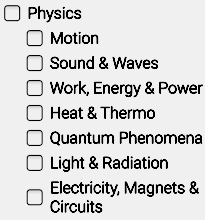
Tips:
- Review the Learning Goals and use the Help! button as needed.
NOTE: Some may require permission to run a version or download a file to play them.
RESOURCES: Smithsonian Exibit on Epidemics
Explore the following websites:
- Explore Science & Nature-Smithsonian
- Outbreak: Epidemics in a Connected World Digital Exhibit
- Explore how human health is connected to animal and environmental health.
Competencies & Standards
MITECS Michigan Integrated Technology Competencies for Students, and
1. Empowered Learner
a. Articulate and set personal learning goals, develop strategies leveraging technology to achieve them, and reflect on the learning process itself to improve learning outcomes
d. Understand the fundamental concepts of technology operations, demonstrate the ability to choose, use and troubleshoot current technologies, are able to transfer their knowledge to explore emerging technologies
5. Computational Thinker
b. Collect data or identify relevant data sets, use digital tools to analyze them, and represent data in various ways to facilitate problem-solving and decision-making
c. Break problems into component parts, extract key information, and develop descriptive models to understand complex systems or facilitate problem-solving
Websites and Documents
Websites
- Cloud Lab
- PHET Interactive Simulations
- Describe Rocks Like a NASA Scientist
- Energy Lab
- Evolution Lab
- Exoplanet Lab
- Explore Science & Nature-Smithsonian
- Outbreak: Epidemics in a Connected World Digital Exhibit
- PHET Balloons and Static Electricity SIM
- PHET Electric Field Hockey Simulation
- PhET Elementary Simulations
- PhET High School Simulations
- PhET Middle School Simulations
- PhET Website
- Polar Lab
- Rock Solid Lesson from Teach Engineering
- RNA Virtual Lab
- Sun Lab
- U.S. Earth Science Quick Facts
21T4S Documents & Quizzes



